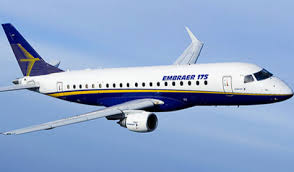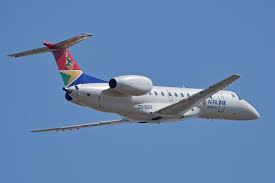Lessons Learned from Embraer $205 Million FCPA Settlement (Part II of II)
 The Embraer FCPA settlement action contains a number of important lessons learned and compliance reminders. In several significant respects, the Embraer case confirms in several areas why proactive compliance programs are important to prevent and detect possible bribery schemes.
The Embraer FCPA settlement action contains a number of important lessons learned and compliance reminders. In several significant respects, the Embraer case confirms in several areas why proactive compliance programs are important to prevent and detect possible bribery schemes.
Given the length of the Embraer investigation, we can only hope that many compliance programs have moved beyond the deficiencies highlighted in the case. Nonetheless, there are a number of important lessons to be learned.
Controlling the Flow of Money: As outlined in the statement of facts, Embraer officials were able to secure large amounts of money to pay bribes in various countries. The totals were: $3.5 million in the Dominican Republic; $1.6 million in Saudi Arabia; $800k in Mozambique; and close to $6 million in India. Some of these payments were made through shell companies and third party agents with little to no verification of services for invoices submitted for payment.
The respective decisions to pay all this money underscored a complete absence of meaningful financial controls in the company. Just as importantly, the payment of millions of dollars in invoices appeared to be treated the same as a payment of a $100 invoice, no elevation, documentation or verification.
If there ever was a poster child for how not to process invoices and payments, the Embraer case stands as a testament to the value of robust and enforceable internal controls.
Remediation Requires Discipline: DOJ’s decision to withhold remediation credit from Embraer is a significant event. Even though Embraer may have disciplined and even fired a number of individuals involved, its failure to discipline a senior executive who at least was aware of the bribery scheme and failed to act sends a critical message. No longer can companies get away with reinforcing senior executive deniability claims and then turn around and discipline or fire underlings. Embraer’s decision not to discipline the senior official probably cost the company $15 to $25 million in its ultimate settlement – a high price to pay for avoiding discipline of a high-level official.
Violation of Internal Controls: In India, DOJ and the SEC were unable to establish that bribes were paid through a third party to a government official. However, the government laid out facts that all but proved that close to $6 million was paid to a third party agent and Embraer secured a contract to sell three aircraft for $208 million to the Indian government. The fats surrounding the third party agent are highly suspicious and the absence of any real services provided by the agent to Embraer all but establish that the agent paid bribes to a foreign official on behalf of Embraer.
Third Party Risk Management: Embraer used its third party agents in these schemes for one and only one purpose: to funnel bribes. The agents did not provide a legitimate service. They may have been approved agents and subjected to due diligence in the past but no one appeared to question their use in these circumstances – they were paid lots of money based on flimsy invoices and provided no services other than funneling bribes to government officials.
 This leads to an important lesson – when a third party is retained for a specific purpose, compliance has to enter into the equation when a company proposes to use an agent for a “new” purpose. In addition, Embraer is an important reminder that specific payments to a third party require careful review, especially for large payments.
This leads to an important lesson – when a third party is retained for a specific purpose, compliance has to enter into the equation when a company proposes to use an agent for a “new” purpose. In addition, Embraer is an important reminder that specific payments to a third party require careful review, especially for large payments.
Participation of a Senior Legal Executive: Once again we learn about the participation of a corrupt legal officer of a company who participated in a illegal activity. Once again the legal profession has been found to cross the line – I will write about this more extensively in my posting tomorrow.
















1 Response
[…] Read Full Article: Lessons Learned from Embraer $205 Million FCPA Settlement (Part II of II) – Corruption, Crime … […]